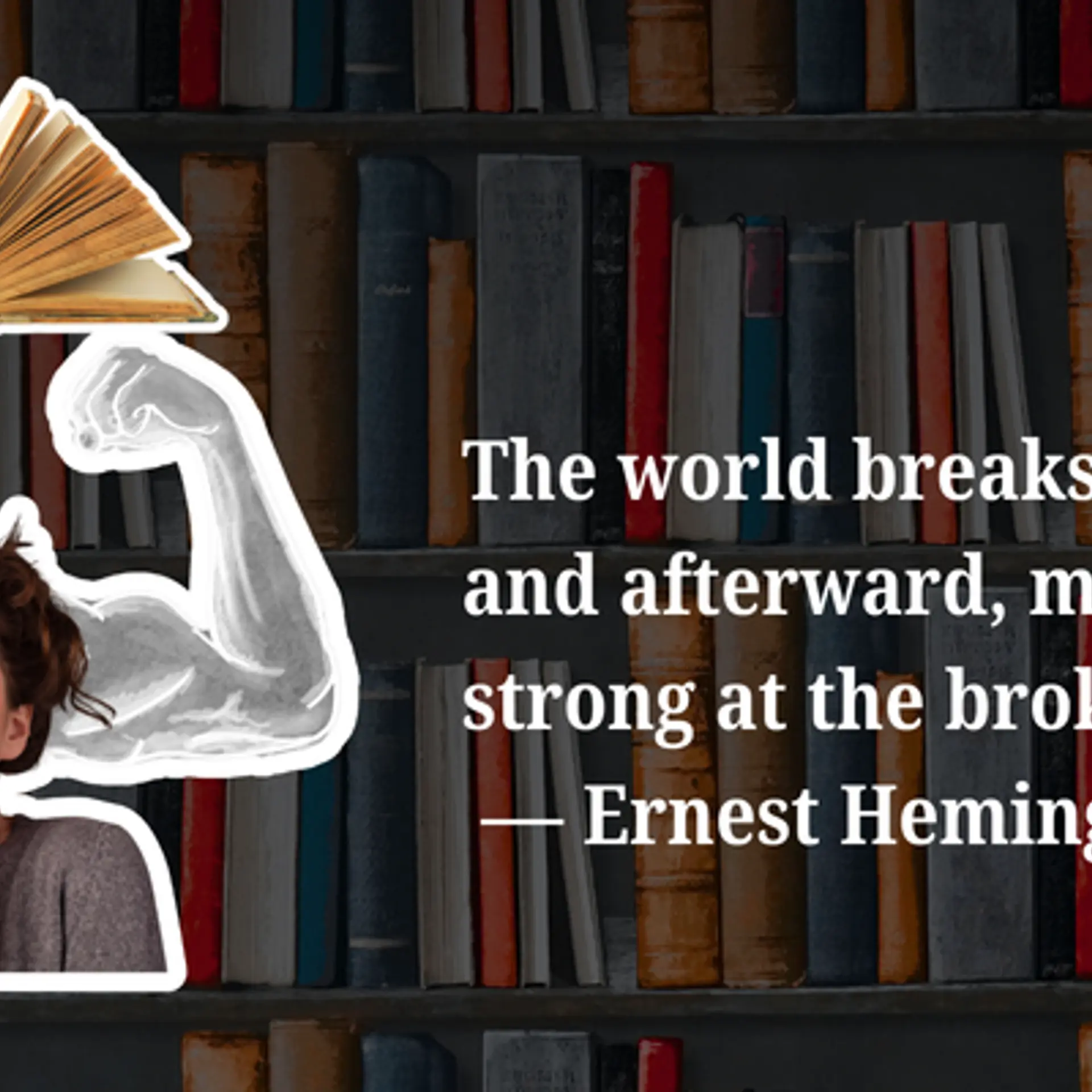How to give your brand a real personality
Wouldn’t it be great if your company came across more like a person than a company? The kind of person that everyone trusted? The kind you go to for advice?
In 1921, the Washburn Crosby Company released a new brand of flour for consumers. Suddenly, they started receiving a lot of handwritten notes for more information about baking. The company wrote replies to everyone, but decided to sign all the notes with the same name: Betty Crocker.
Betty Crocker is a symbol of helpfulness, usefulness, and an awesome example of content marketing. She was never a real person, but represented the best advice in baking both for Washburn Crosby and its later avatar, General Mills.

Betty goes viral
In 1924, the company launched the radio show, 'Betty Crocker Cooking School of the Air'. ‘Betty’ would answer questions over the air and continued to give out the latest in baking advice. The show eventually became one of the longest-running shows in radio history.
Betty’s efforts sparked a lot of attention. People were hungry for information about baking and couldn’t get enough. In addition to the radio show, General Mills started sponsoring baking classes all around the country where experts would give demonstrations. People continued to clamor for better recipes that had Betty’s approval.
General Mills hired 21 home economists to build a knowledge base for the best practices in baking, known as the Betty Crocker Kitchens. They performed over 50,000 test recipes each year to find the best ways to cook items. The kitchens used to be open to the public until they closed them because they had become so central to General Mills product research.
During World War II, Betty Crocker came out with tips for cooking with rations. She helped families think through how to only cook with meat a few times a week.
Meeting needs of the new generation
In the 1950s, many Americans were moving to the suburbs with new appliances, and a new generation of women needed recipes that fit with their modern conveniences. General Mills cleverly leveraged its investment in the kitchens to release the first Betty Crocker Cookbook. It was a consolidated place featuring all the best recipes and tips for making classic American meals. The Betty Crocker Cookbook is one of the all-time bestselling books in the whole world.
As the years went by, Betty Crocker continued to adapt to different needs and formats. She had her own magazine for several years. Now, Betty has her own website that focuses on the needs of the modern family. Betty Crocker eventually became its own product line, helping General Mills sell boxed baking mixes (a need that arose as more and more women worked outside the home).
Why you should think like Betty
I find Betty Crocker to be one of the most brilliant and successful forms of content marketing that continues to endure today. Here are just a few reasons.
- Marketing started just by listening and being helpful. At the beginning, there was no advertising or promotion. They simply listened to their target audience and gave useful information. This was likely a revenue drain on the company for some time, but it made their Ideal Audience happy.
- One voice you can trust. It was a stroke of genius to sign all the letters with the same name. Betty Crocker was able to soften the image of a flour mill and create a connection with the audience. Even though we know there is no ‘Betty’ behind the curtain, it still makes customers happy to feel like she exists somewhere.
- Using mixed formats of media. Over the years, Betty Crocker appeared in handwritten notes, radio show, live events, training programs, step-by-step guides, meal planners, blogs, websites, and many more. They could have continued with one media format forever, but the fact that they diversified across so many types not only connected them with a larger audience, but also prepared them for coming media transitions.
- They adapted to needs, but never changed the audience. General Mills’ target audience has been the middle-class, middle-aged mothers for decades. Yet the needs of this group have changed since the 1920s. During WWII, those women needed help to feed their families using less food. During the 50s and 60s, they needed help adapting to new conveniences. Today on the Betty Crocker website, you are going to find a lot of tips for making meals on the go for the working mother. You can see how the content, as well as the products offered by Betty Crocker have keenly adapted to the shifting needs of its audience.
- It was never in-your-face promotional. General Mills wants to sell tons and tons of flour. But they realized the best way to do it wasn’t by pushing their products directly, but by encouraging people to bake more.
- They were generous in sharing information. Betty Crocker gave out lots of free advice to people. A lot of the media it produced was given out completely for free. They saw the power in educating their audience. The more women who could bake, the better it was for business. However, they also knew when to value the information as well. When the same information was placed in a consolidated manner, packaged nicely, and a few bonuses are added in, they could charge a reasonable price for the cookbook.
- Betty Crocker was never just about marketing. Throughout the years Betty Crocker has been customer service, marketing, public relations, R&D, a separate profit center, and a complete product line. You can start to see how approaching your marketing as building a media asset rather than spending ad dollars can have a significant impact on your business.
How can you apply this?
You can pick any of the lessons and immediately apply it to your situation. General Mills was selling flour. If you feel like your product isn’t sexy enough for this kind of approach, think again. The most important thing to remember is where Betty Crocker started. They listened to their Ideal Audience, writing handwritten notes for a few years before they even started the radio show. Their success can largely be attributed to the fact that they’ve stayed in sync with that audience and responded to their needs.
When is the last time you wrote a note to a customer or client? When is the last time you really tried to listen to what they needed? Start there, and you never know where it might take you.
(Disclaimer: The views and opinions expressed in this article are those of the author and do not necessarily reflect the views of YourStory.)







